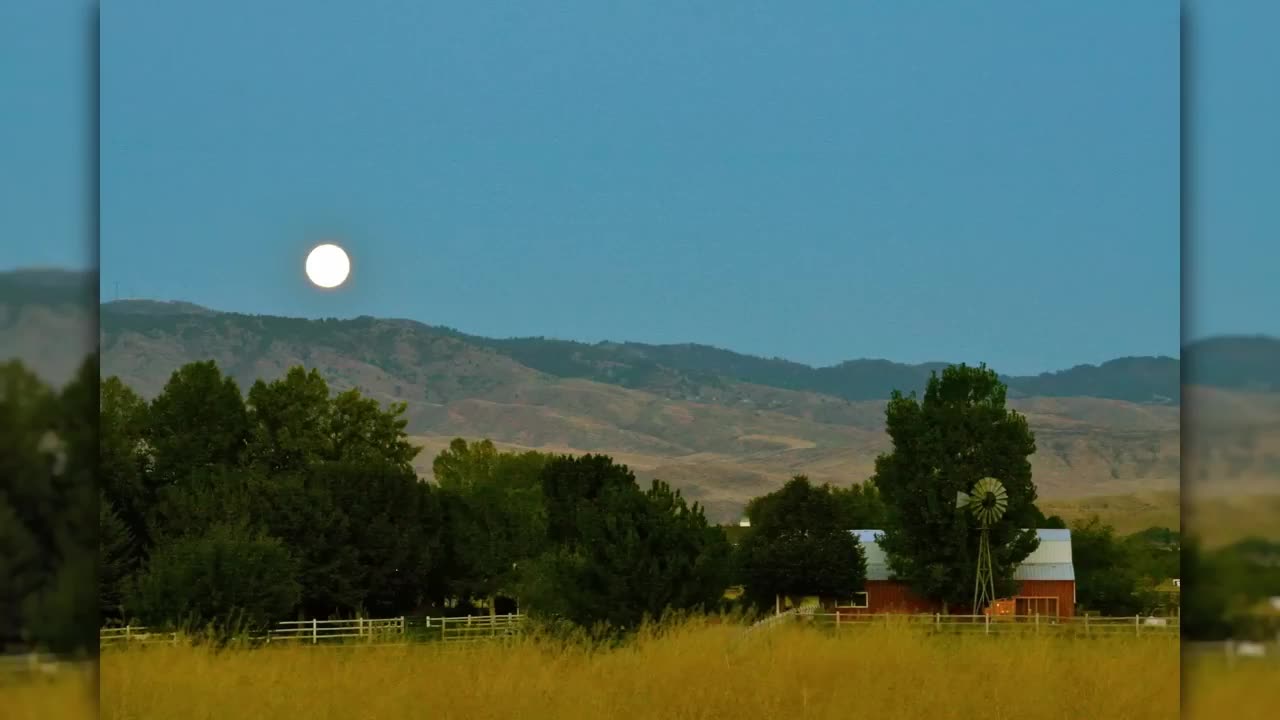Premium Only Content

September 2023 Skywatching Tips from NASA
Venus returns to the morning sky, the Harvest Moon, and in search of zodiacal light…
After brightening our evening skies for most of this year, Venus has now switched over to being a morning sky object. Look for the superheated, cloud-covered planet as a bright beacon in the eastern sky before sunrise throughout the month. It will appear fairly high in the sky from the Northern Hemisphere – reaching 30 to 40 degrees above the horizon by month's end, depending on your latitude.
Meanwhile, Saturn and Jupiter continue this month as easy-to-observe planets. Find Saturn low in the southeast after sunset, with Jupiter rising a couple of hours later. Saturn then sets a couple of hours before sunrise, leaving Jupiter to rule the sky on its own until the Sun comes up. You'll find Jupiter together with the Moon, high in the southwest before dawn on September 4th.
The full moon on September 29th will be the fourth and final supermoon of the year. As we mentioned in last month's video, supermoons are full moons that occur when the Moon is near the closest point in its orbit around Earth.
This month's full moon is also known as the Harvest Moon, being the closest full moon to the September equinox. This is around the time when lots of crops in the Northern Hemisphere reach their peak. The harvest moon provides a few days of bright moonlight right after sunset, which traditionally helped farmers have a bit more time to bring in their crops in advance of the first frost.
-
 1:16:17
1:16:17
SonnyFaz
18 days agoWe Need To Free America...
102K76 -
 1:00:40
1:00:40
Bek Lover Podcast
1 day agoKamala Will Be President? Trump In Trouble & More Strange News Podcast
28.8K6 -
 48:44
48:44
PMG
19 hours ago $8.50 earned"Hannah Faulkner and Bishop Leon Benjamin | REVIVAL IN AMERICA"
24.2K4 -
 41:55
41:55
Man in America
18 hours ago🔴 LIVE: The Cabal’s Most Powerful Weapon is COLLAPSING
121K87 -
 6:26:01
6:26:01
Jerry After Dark
18 hours agoJerry After Dark: Carnival Games
144K8 -
 3:55:04
3:55:04
ThatStarWarsGirl
13 hours agoTSWG LIVE: Big NEWS! Plus Reacting to Woke Meltdowns!
124K23 -
 8:02:46
8:02:46
FusedAegisTV
14 hours ago『AST lvl 100』Tuesday Raid & Rant | Final Fantasy XIV | Patch 7.1 Day of Reckoning!
84.4K2 -
 59:17
59:17
Matt Kohrs
15 hours agoRumble's Q3 Recap & What's Next w/ CEO Chris Pavlovski
102K30 -
 1:43:47
1:43:47
Adam Does Movies
19 hours ago $29.70 earnedGladiator II Early Reviews + Tom Cruise Stans Glen Powell + Freddy Krueger - Movie News LIVE!
92.4K3 -
 2:24:03
2:24:03
WeAreChange
15 hours agoTrump Creates Department Of Government Efficiency With Elon And Vivek!
150K102